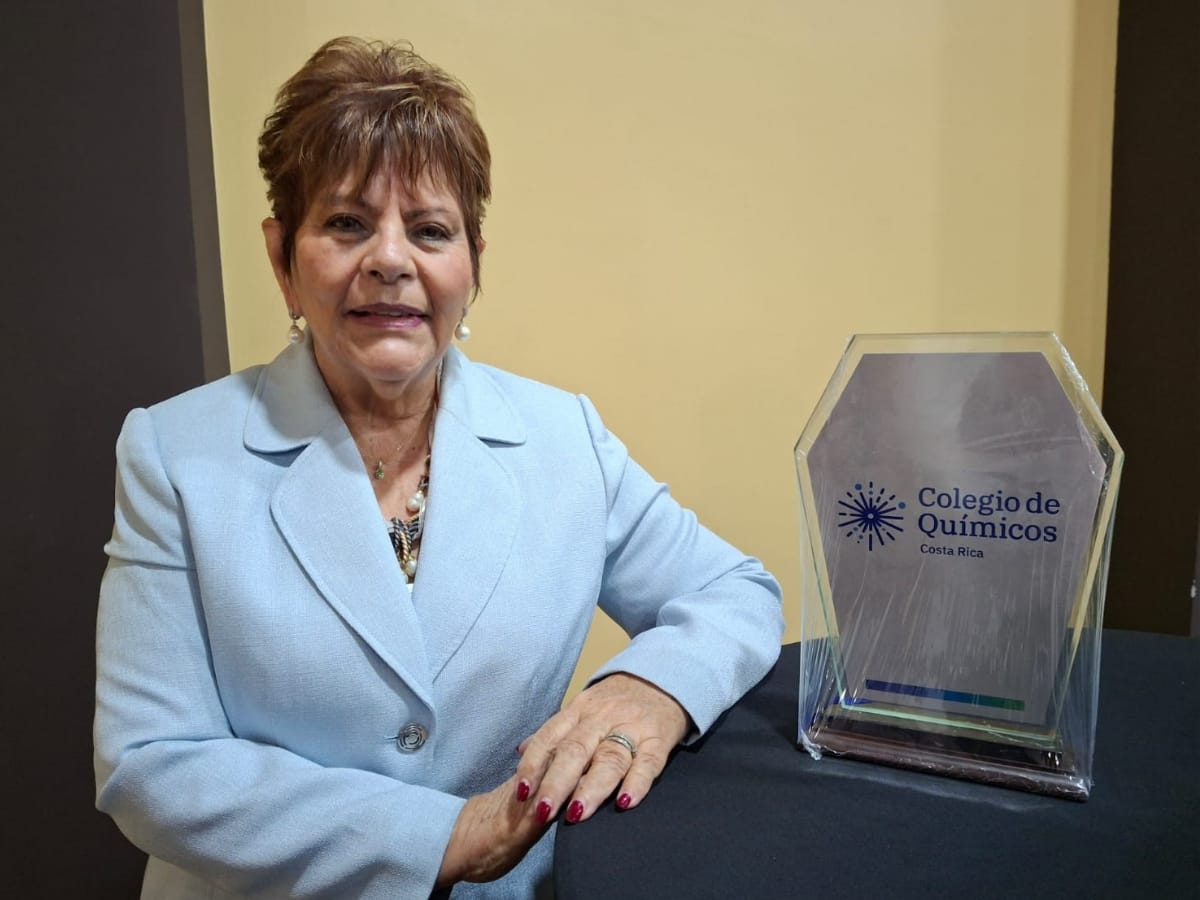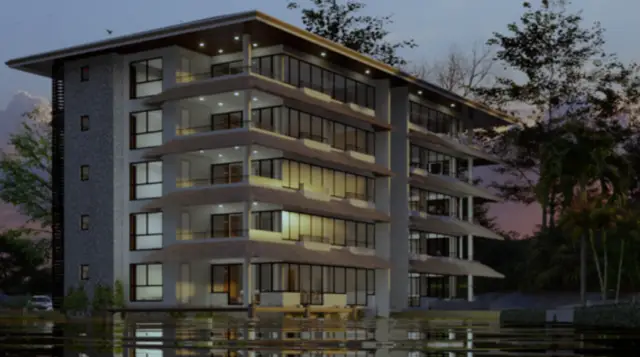Q24N (EFE) Panama’s President José Raúl Mulino stated last week that during a visit to Japan next September, he will present the interoceanic Canal project to build a gas pipeline and another for a port in the Pacific to the government of that country, with a view to “finalizing an agreement to move them forward.”
Japan, the president explained when referring to the pipeline, is “an important user of the gas” that transits through the Canal “and that comes from the United States,” so “this project could be of great interest to them.”
“They have informally mentioned that they are very interested and perhaps they would be willing to participate as a business. But that is a very personal assessment that does not yet have much foundation,” Mulino said during his weekly press conference, confirming that he will make a four-day visit to Japan in early September.
– Advertisement –
Japan is the third largest user of the Canal, while 42% of the Japanese merchant marine flies the Panamanian flag and represents 32% of the 8,800 ships currently flying the Panamanian flag, according to statements made last May by the Central American country’s Foreign Minister, Javier Martínez-Acha, when announcing Mulino’s visit to the Asian country next September.
Through the international cooperation agency JICA, Japan is financing the construction of Metro Line 3 with a $1.036 billion loan.
A gas pipeline worth between US$4 and US$8 billion
The Panama Canal Administration, which is an autonomous Panamanian state, has already announced that it will put the gas pipeline project out to tender as part of a program to diversify its activities, although it has not provided further details.
But Canal Affairs Minister José Ramón Icaza has said that the bidding process could take place in 2026 or no later than 2027, and that the pipeline will cost between $4 billion and $8 billion, depending on the business model implemented.
“The pipeline would be highly reliable for liquefied petroleum gas (LGP) leaving the Gulf of Mexico and transported to Northeast Asia, so it would be an alternative route to the Panama Canal, which will have a capacity of one million barrels per day, depending on the business model approved,” Icaza stated in early July during his speech at the 10th International Financial Summit.
– Advertisement –
The pipeline will meet the demand for the LGP segment, which is expected to continue growing at least until 2045 and currently accounts for about 1,350 ship transits through the Canal per year.
Thus, the pipeline could handle between three and five transits per day, freeing up space for other types of cargo to cross the waterway, according to Minister Icaza’s explanation.
Meetings with shipowners and visit to the Osaka Fair
Mulino stated that in Japan he will speak “with important institutional and private players in the maritime and railway industries, as well as with all the shipowner groups, who represent more than half of the ships that come from there, loyal to our merchant marine registry for decades.”
Panama’s merchant marine is one of the largest in the world, with 8,814 flagged vessels and 243.7 million gross registered tons, according to data updated this Thursday by the Panama Maritime Authority (AMP).
– Advertisement –
“I’ll be at the Osaka Fair for the last two days of my visit. I’m only going to Japan for four days. The Osaka Fair is going to be a major hub for trade and a great opportunity. Panama will have a stand there to showcase ourselves, to showcase the country in this new version we’re trying to outline and move forward,” Mulino added.
– Advertisement –
Source link
Q24N



